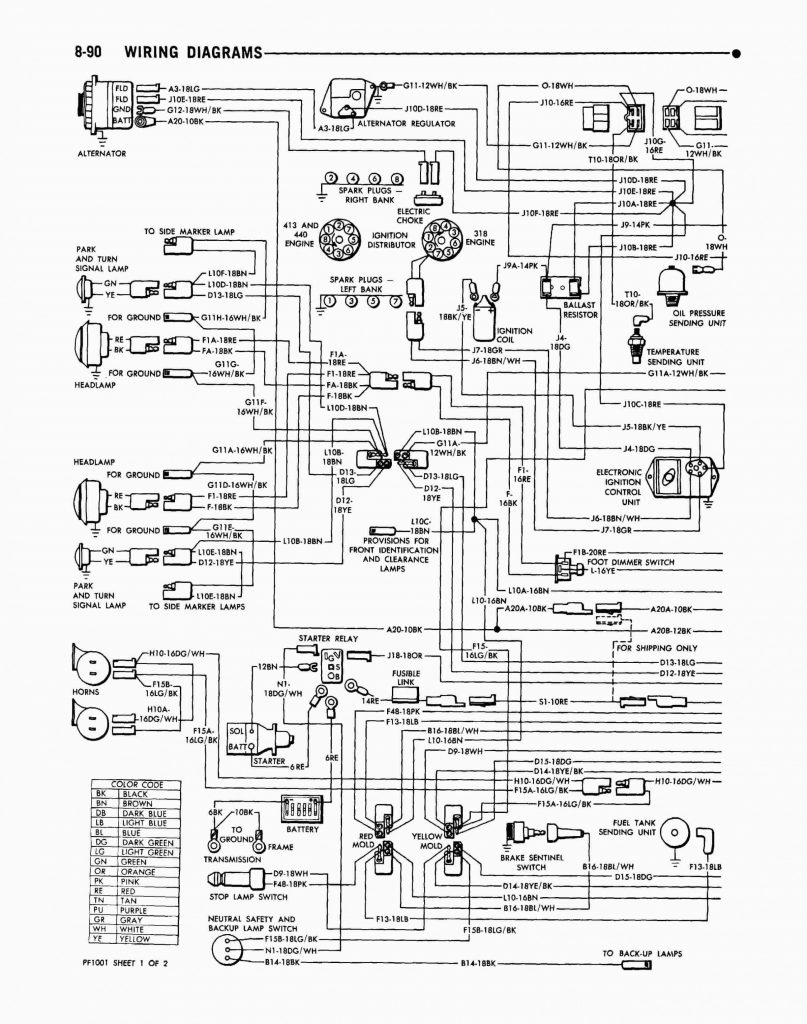

With the potential of expensive damage, protecting against low-voltage should be a high priority for all RVers.įor more tips, check out this article from Do It Yourself RV on surge protectors. You can pump $350 to $450 or more into a system that not only monitors your power but automatically boosts it to safe levels without cutting power off to your RV. However, expect to spend more than $300 to equip your rig with this kind of protection.

There are also other units that provide protection against power surges and spikes. If the voltage drops below a safe level, it automatically shuts down the power to the RV until it returns to a safe level. These electrical devices plug in between the campground electrical supply and your RV. More RV systems to consider…Īlso available are automated monitoring systems or surge protectors. Once hooked up, the monitor can be plugged into an outlet inside the RV, allowing you to keep an eye on the campground line voltage at any time. Any of these indicators can lead to safety issues. Verify that the power monitor shows “good” wiring-no reverse polarity, no “no ground” situations. To use the device at a campground, simply plug the monitor into the site’s electrical outlet (you may need to use one or more adapters to connect to the power). This simple plug-in device shows the system voltage and some models can indicate whether the campground outlet is wired safely. At the low end of the price range, buy, install, and use a power line monitor. Happily, there’s more than one way to protect your RV. Plus, low voltage in your RV can take a toll on sensitive electronic gear, thus bringing on a premature death. Other equipment (particularly anything with a motor in it) can likewise cause damage by low voltage. If it’s any lower than that, your compressor motor can give up the ghost. But in the real world, 108 volts may be the lowest operating voltage that can squeak you past potential damage. That’s an excellent standard to reach for.
#RV POWER CONVERTER PROBLEMS CODE#
What constitutes an unsafe, low-voltage situation? The National Electrical Code (NEC) indicates that 114 volts is the lowest acceptable operating voltage. If given enough trouble, something’s going to break, and it won’t be cheap.

This puts a huge strain on the compressor motor. If the voltage is low, the unit will still function, but it will operate hot.

It requires a set amount of power to operate. Fill up the campground with modern units all demanding their share of the juice can lead to low voltage in your RV and all the problems that come with this.Īn A/C unit is one of the systems that are affected by low voltage in your RV. Some older RV parks may have ancient electrical systems that may not provide efficient power for newer RVs. Be sure you don’t have low voltage in your RVĪs more and more RVs hit the road, packed campgrounds are common. On the other hand, low voltage in your RV from an electrical system at an RV park can be another problem, which can also lead to unexpected damage and expensive repairs. What happens sometimes is the campground will wire in 220 volts, when it should only be 120 volts, which results in high-voltage problems such as smoked wiring and burnt-out electronics. Some RVers have learned the hard way when do-it-yourself electricians “plumb in” new RV electrical hookups at a campground. Low Voltage In Your RV? Don’t Let This Happen To You


 0 kommentar(er)
0 kommentar(er)
